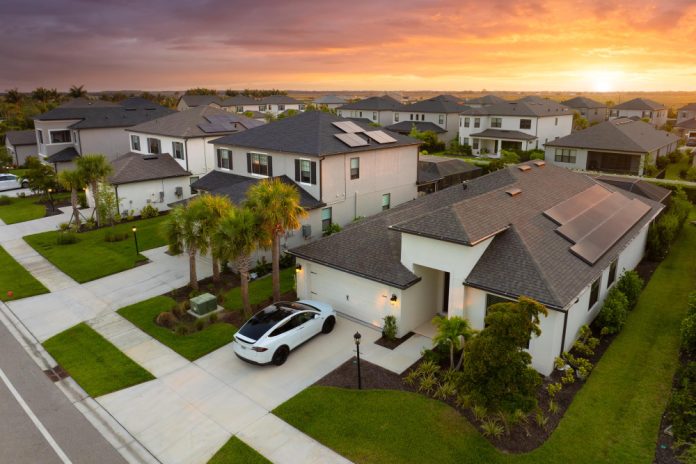The COVID-19 pandemic disrupted nearly every sector, and Indian real estate was no exception. From changing buyer preferences to altered commercial leasing strategies, the landscape looks markedly different in 2025 compared to pre-2020. Understanding these shifts is crucial for developers, investors, and policymakers as they recalibrate their strategies in a post-pandemic world.
The two most significant changes have occurred in the residential and commercial segments. Residential real estate saw a rise in demand for spacious homes in suburban areas as remote work became the norm. On the commercial front, flexible workspaces and hybrid models reshaped the demand for traditional office spaces.
Residential Real Estate: Bigger, Smarter, and Suburban As people spent more time at home during lockdowns, the limitations of compact urban apartments became clear. This led to increased interest in suburban homes offering more space, natural light, and access to outdoor areas. Developers have responded by launching projects in Tier-2 and Tier-3 cities where land is more affordable and demand is growing.
Amenities like home offices, high-speed internet, and contactless entry systems are no longer optional — they’re essential. According to insights from CREDAI, developers who adapt to these expectations early are gaining a competitive edge.
Commercial Real Estate: The Rise of Hybrid Workspaces The commercial real estate segment has had to adapt quickly. Businesses have reduced the size of their offices or shifted to a hybrid model, leading to a spike in demand for co-working spaces. Developers are now focusing on building flexible, tech-enabled commercial properties that can adapt to fluctuating tenant needs.
NAREDCO notes that commercial property developers are also integrating more wellness-focused designs, including better ventilation, touchless technologies, and dedicated breakout zones to ensure employee well-being.
Digital Transformation Accelerated Another trend is the rapid digitization of property transactions. Virtual tours, online documentation, and digital payments have become standard, driven by safety concerns and convenience. PropTech adoption has become a cornerstone of real estate strategy.
Challenges and Outlook While the sector is recovering, challenges like fluctuating interest rates, supply chain disruptions, and changing consumer behavior remain. But there’s a silver lining: developers who are agile, tech-savvy, and in tune with consumer expectations are seeing faster recovery and stronger brand loyalty.
Industry bodies like CREDAI and NAREDCO are playing a pivotal role in supporting this transition. Through research, training programs, and advocacy, they are guiding the sector through this phase of reinvention.











